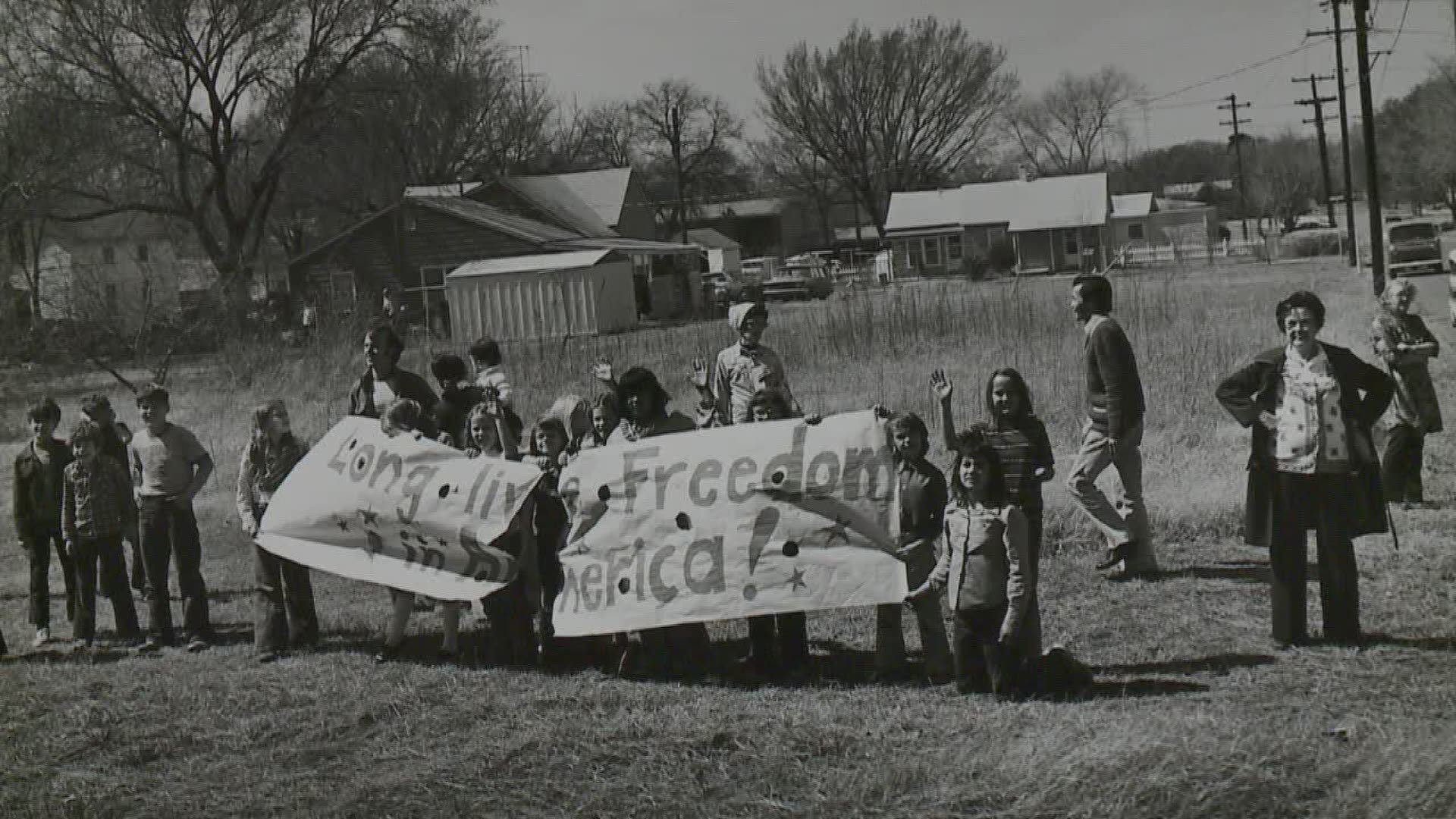NEW ORLEANS -- It's been a controversial campaign season, one that many believe has left the country in rough political shape.
It’s also got some people longing for the America of days past. The politics, the police shootings, rage over racism, they can make the United States seem divided.
“You can see that everywhere you go. I walk in the store, people looking at me up and down like I'm coming to steal,” said resident Tyrone Hyams.
Others agreed.
“Oh, definitely we're divided," said Mireille Drabman who was visiting New Orleans from Long Island, New York. "It's like segregation is bigger than ever now, racism is at the highest level, and I tell you the truth I didn't expect that from America in 2016.”
How great, or how bad, the country is can depend on perspective.
In 1976, Joshua Mann Pailet, gained a lot of perspective as the photographer on board the Freedom Train. It rolled across America during the country's bicentennial celebration. Pailet was in his late 20s at the time.
“I had no idea really what I was getting into except I was going to stay on that train until the end of the journey,” said Pailet.
During that journey, Pailet captured the spirit of America through photographs like one Pailet took in a small town in Kansas. As the train was pulling up, the children held up a sign, which read: "Long live freedom in America". The sign was split in half, a little girl in the middle was trying to hold it all together.
“This is one of my favorite pictures,” said Pailet. “It's a slice of small town America the teacher is there, the children all lining up for the train. It's an amazing vignette of America at the time.”
It's also amazing because Pailet took the photo while the train was moving at more than 45 miles an hour. When he was able to get on the ground, Pailet said moments popped up candidly, like the picture he took of a woman getting her store ready on Atlantic City's boardwalk. Pailet said he was drawn to the blue-collar community, the people that kept the country, and even the freedom train itself running.
They are snapshots of a time gone by. A time when newspapers and the boys that delivered them, were still around. A time when drive-in theaters were slowly disappearing, but could still be found. Now they live on through Pailet’s black and white photos.
Before the internet, before smartphones and even the VCR, kids found ways to entertain themselves. One of Pailets photos from Oklahoma captured a group of children playing near what looks like a dumpster. Pailet said initially, they all tried to pose. But after Pailet started walking away, pretending he wasn’t interested, the children went back to playing on a mattress and the few wooden boards around them. Pailet said it seemed much simpler for children all those years ago.
“You know there was a lot less TV, a lot less games, a lot less that kind of thing,” he explained. “So you went outside. You made do with what you could find. Outside was important.”
Pailet saw a country of contradictions too. It’s exemplified in one photo from Tulsa, Oklahoma. In that photo, a young African-American boy is seen holding a flag along the railroad tracks as the Freedom Train was coming into town. While most Americans were holding U.S. Flags during the rallies, this boy was holding a small Confederate rebel flag.
“It's bizarre, it’s ironic, it was America at the time,” he said. “I found it ironic, that's why I took the picture.”
In all, he took 11,000 thousand pictures. From black and white men gathered in Columbus, Georgia, to the U.S. Capitol building on a historic night.
“That photo was taken one minute after midnight, July 4th, 1976. It was two hundred years after we declared ourselves a country. It was a magical night to be there,” said Pailet.
Forty years later, Pailet is now the owner of "A gallery" in the French Quarter. It is said to be the oldest operating photo gallery in northern America. Decades after the freedom train, Pailet sees parallels to that time today.
“I think there was great pride in America. It's not unlike today where there were lots of questions marks. There were people that loved America but they had questions about it,” Pailet said.
As we question where our country is headed, perhaps we can find some guidance by looking back at where it's been.

